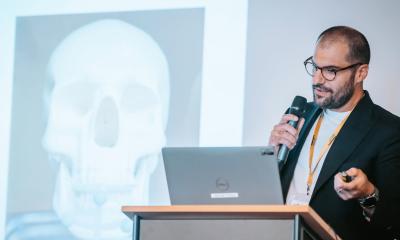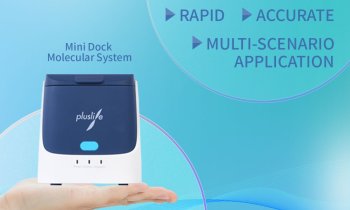The role of molecular imaging within the future diagnostic concept
17:00–18:30
Session 3
Prospects: Radiology is on a most advanced pathway in molecular imaging
Prof. Fabian Kiessling, Chair of the Department of Experimental Molecular Imaging, University of Aachen (RWTH); Aachen/DE
Molecular imaging (MI) is reported as an increasingly important diagnostic field for radiologists to focus on. However, molecular imaging should not be considered a new discipline that only adds to today’s clinical practice, or might even replace the traditional, more morphology-oriented diagnosis. Rather, the whole diagnostic
concept should be re-considered.

Following medical studies and thesis at Heidelberg University, Prof. Kiessling was a radiology department resident at the German Cancer Research Centre (DKFZ) where, in 2003, he became leader of the Molecular Imaging Group in the Department of Medical Physics in Radiology. In parallel, his clinical training took place in various University of Heidelberg departments.
He was board certified as a radiologist in 2007. He has authored over 100 publications, received many research awards (inc. Emil Salzer Prize for Cancer Research and Richtzenhain Prize) and, with Professor Matthias Bräutigam, co-founded invivoContrast GmbH, which distributes diagnostic probes for the pre-clinical market.
Since we now know about important molecular, physiological and morphological characteristics that determine the aggressiveness and treatment responsiveness of diseases, one has to develop imaging strategies that are particularly focused on the key parameters with the highest diagnostic impact, independent of whether these are molecular, functional or morphological.
This means, future radiologists need to understand and know the reasons for disease development and the patho-physiological processes that go along with the pathology down to the molecular level. The same applies for the effects of treatments. In this context, the response of a pathology to a molecular therapy (e.g. using targeted antibodies), often will be assessed earlier and with more sensitivity if its primary effect on the target cells is cached. Functional or morphological effects usually occur at a later stage.
Therefore, it is mandatory to connect closely the development of therapeutics to that of diagnostic probes and to the
development of appropriate imaging concepts. However, such a disease-related diagnostic concept will certainly not work without MI and will be a pre-condition for the successful clinical translation of personalised medicine.
24.02.2011











